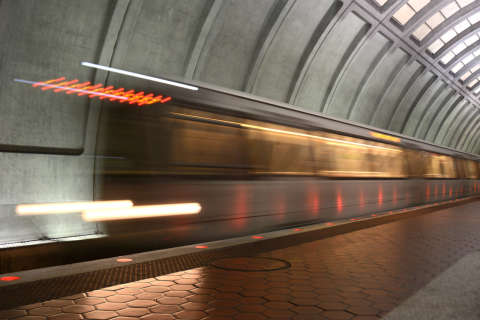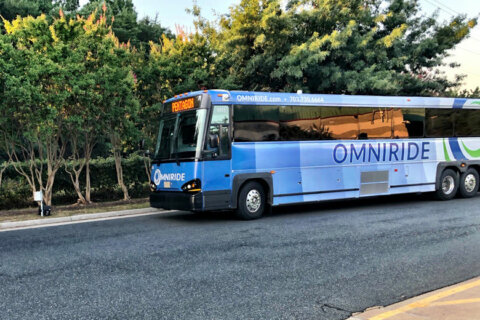WASHINGTON — Metro has no measure of whether the recent rebuilding work has improved rides when work zones wrap up, according to Metro leaders.
“I really want to hear how this process has, thus far, made our system more reliable in those places,” Prince George’s County Metro board Member Malcolm Augustine asked Thursday. “Have we seen an uptick in reliability in those areas? We should see it, or I hope that we see it.”
Metro Chief Operating Officer Joe Leader said it could take months to have a clear measure of reliability on each stretch of track.
“That’s what we’re looking to go to, but we’re not there yet,” Leader said.
General Manager Paul Wiedefeld told reporters that the current measure of rider travel time does not adequately show what the system is getting out of the work.
“We have to do a better job of that, no doubt about it,” he said.
The head of the track work program, Laura Mason, told a Metro Board committee that the promise of “three years of work in one” made before the program began in June really only applies to rail tie replacement.
The overall number of ties replaced is slightly below what Metro originally projected. But Mason said that was largely because fewer ties needed to be replaced than expected.
Other work scheduled, like insulator replacement, is closer to the replacement and maintenance levels for a typical year. After direction from the Federal Transit Administration, Metro added repairs for leaks and clogged drains. And a crew dedicated to the Red Line tunnel between Van Ness and Medical Center has been able to clean up the area and help reduce the number of problems like arcing insulators there.
“What is this work that we’re delivering? Within the safety surges, it is the basic work to keep the trains on the track,” Mason said.
Many workers not wearing proper safety gear
Internal Mero statistics show that 6 percent of workers in repair surge zones are not wearing basic personal protective equipment like safety vests, goggles and hard hats, something Federal Railroad Administration Chief Safety Oficer and Metro Board member Robert Lauby called “disturbing.”
“Why would anybody be allowed to work in a surge area that’s not properly protected? I’m really disturbed about this,” Lauby said to Mason.
“It’s a cultural issue that we need to tackle every single day to remind people the importance of all of their gear,” Mason responded.
Metro’s slack safety culture has long been identified as a serious issue for the transit system.
Upcoming work zones
Outreach to Red Line riders begins this weekend to share more details about the upcoming track shutdown between Fort Totten and NoMa-Gallaudet, Mason said.
The track work begins Oct. 29 and will run through the Tuesday before Thanksgiving.
The shutdown will significantly reduce service for 25 days at nearly all Red Line stations as crews work to replace a crossover where trains move from one track to another, replace hundreds of rail ties and complete structural repairs in and around the Rhode Island Avenue Station to fix crumbling concrete.
Single-tracking returns to the Orange and Silver lines between East and West Falls Church from Nov. 28 to Dec. 21. Work zones will shift in January, February and March to the Blue and Yellow lines in Virginia.






